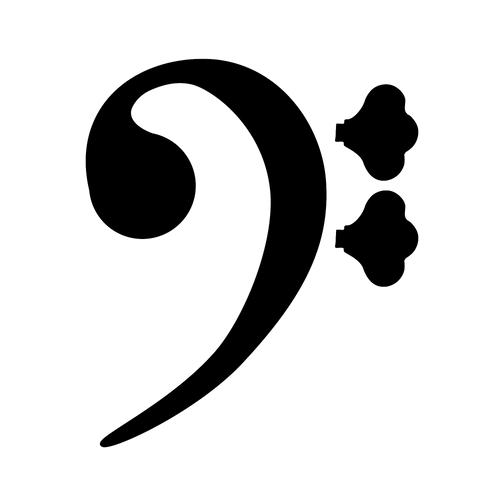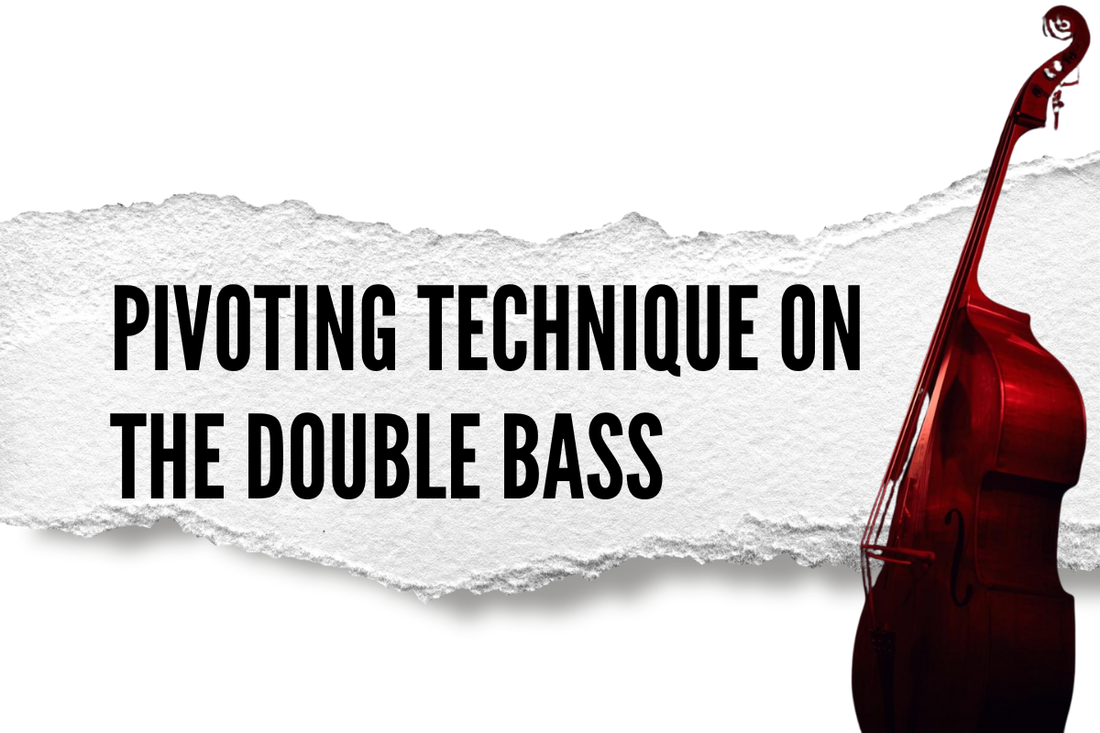You know that feeling when you're racing through a passage and your hand feels like it's stuck in concrete? The double bass has this way of humbling you, especially when you're trying to navigate fast passages without turning your left hand into a pretzel.
Let me tell you about pivoting. This technique might change how you approach the fingerboard.
What does Pivoting Mean?
Here's the basic idea. Your thumb stays planted on the back of the neck. Your fingers move, usually about a half step forward or backward. The key is keeping your hand span consistent. You're not extending like a cellist would. On bass, you're already extended. Your hand is already open wide.
Think about it. You probably don't have much more room to stretch without creating tension. Pivoting takes that open position and pushes it just a bit further without the strain.
When You Should (and Shouldn't) Pivot
I use pivoting for moving passages, fast runs, and diatonic scales across strings. If I'm playing something slow and lyrical, I'll shift my whole hand instead. Shifting gives you that vocal quality, that smooth connection between notes.
But for speed? Pivoting could be your best friend.
According to Alex Henery, principal double bassist of the Sydney Symphony, in The Strad magazine, modern techniques like pivoting help minimize fatigue by extending the reach of the hand without excessive movement.
The Rabath Connection
Pivoting is central to the Rabath fingering system, developed by French pedagogue François Rabbath. His approach revolutionized bass technique in the 20th century. The system emphasizes six positions instead of the traditional method, and pivoting is what makes those positions work across the fingerboard.
In The Strad magazine, Rabbath himself explains that pivoting allows you to reach three notes in the lower positions instead of two, and you only need to change your hand position once to play three octaves, instead of having to move every two notes.
Building a Solid Foundation First
Here's something important. If you jump into pivoting too early, you might develop an unstable foundation. I've seen this happen. Students pivot before they have a solid hand position, and suddenly everything feels shaky.
Start with a good, stable position. Practice your B, C, and D in third position. Get comfortable shifting between those notes. Then introduce the pivot. Feel the difference between moving your thumb and rotating your hand.
The technique becomes more about opening and closing as you move up the bass. In the thumb position, that extra opening to reach the harmonic can unlock passages that seemed impossible before.
Practical Application
Try this. Start on your first finger on D. Pivot all the way to the harmonic. Keep your thumb stable. Feel how your hand rotates slightly to accommodate the reach.
Now try a diatonic passage across the strings. Add that half-step motion in either direction. You'll notice you can cover ground without constantly shifting positions.
The tools you use matter too.
Finding the Right Bow for Your Technique
Your left-hand technique works best when your right hand has the tools to support it. I currently use the iStrad French bow for my performances and recordings. The balance and response make a difference when you're executing fast passages with pivots.
The iStrad hybrid bow gives you clarity and control. When you're pivoting through complex fingerings, you need a bow that responds immediately. The French model offers that precision, though there's also a German version if that's your preference.
You can learn more about the iStrad bow here.
Final Thoughts
Pivoting may not solve every technical challenge on the bass. But it could make certain passages more manageable. It might reduce tension in your hand. It has the potential to open up new fingering possibilities you haven't considered.
Give it time. Build your foundation first. Then experiment with the pivot. See what works for your hand, your bass, your music.
The double bass rewards patience and smart practice. Pivoting is just one more tool in your technical toolkit.

